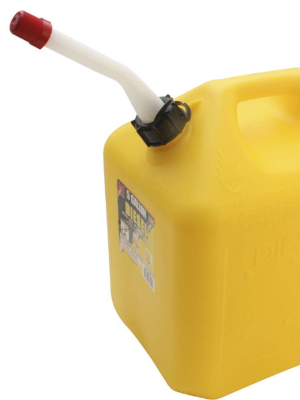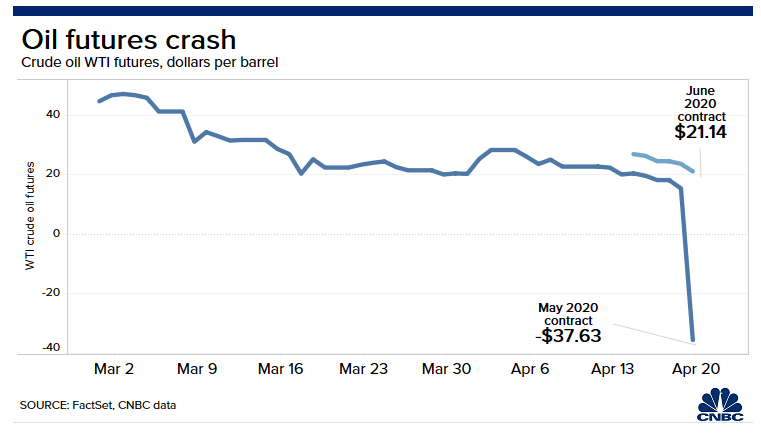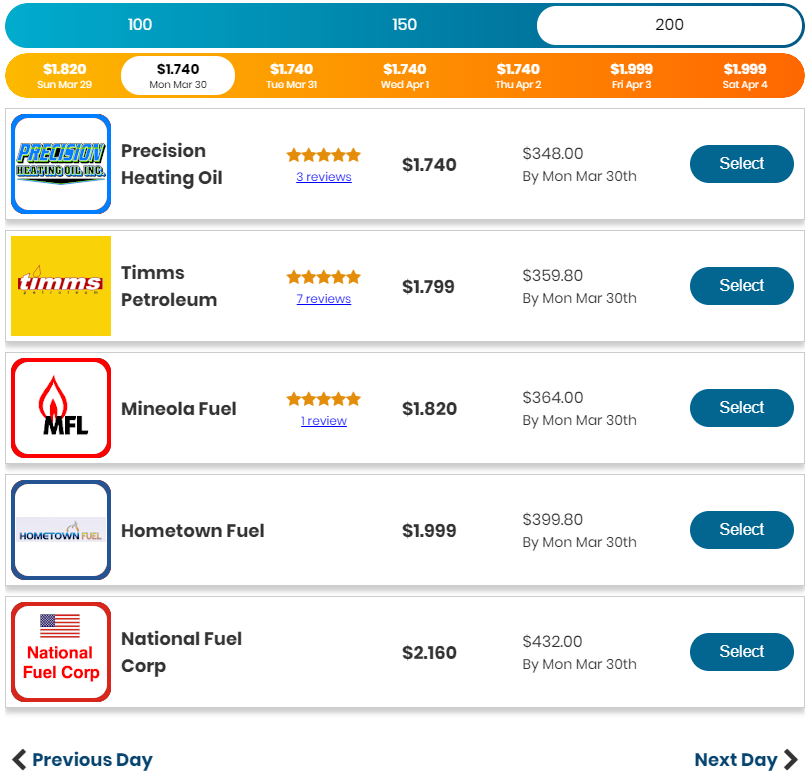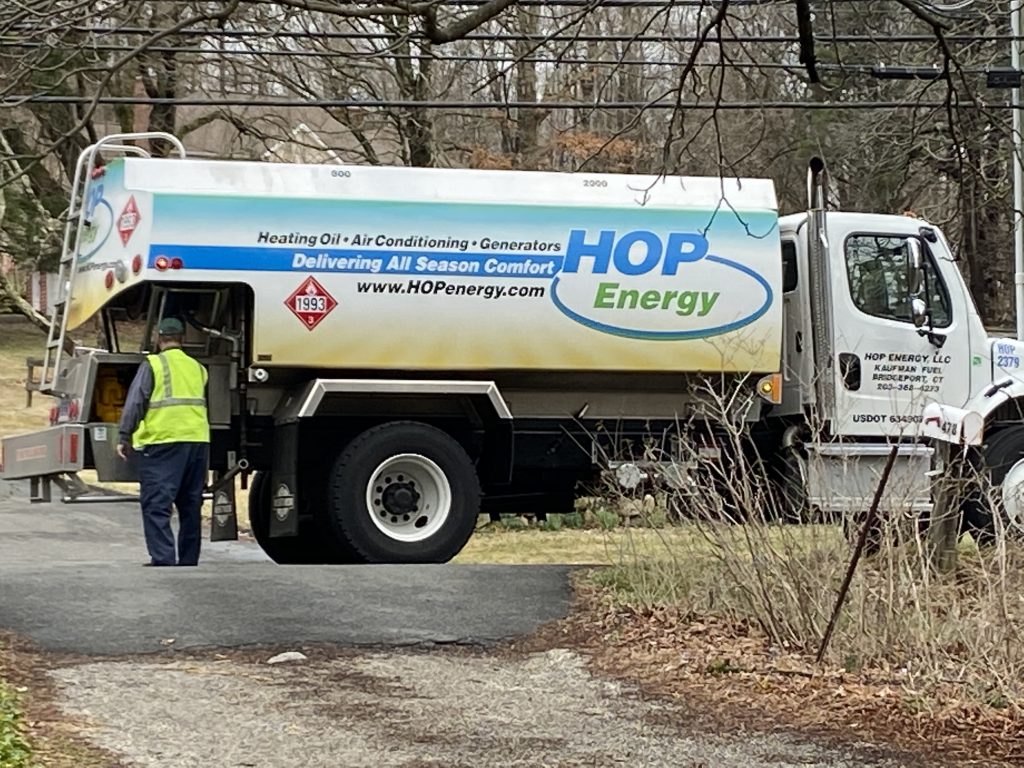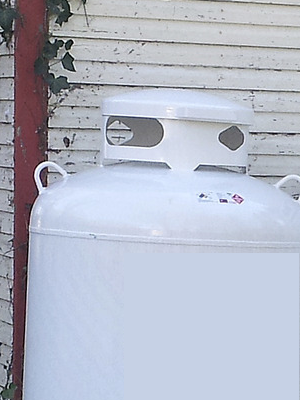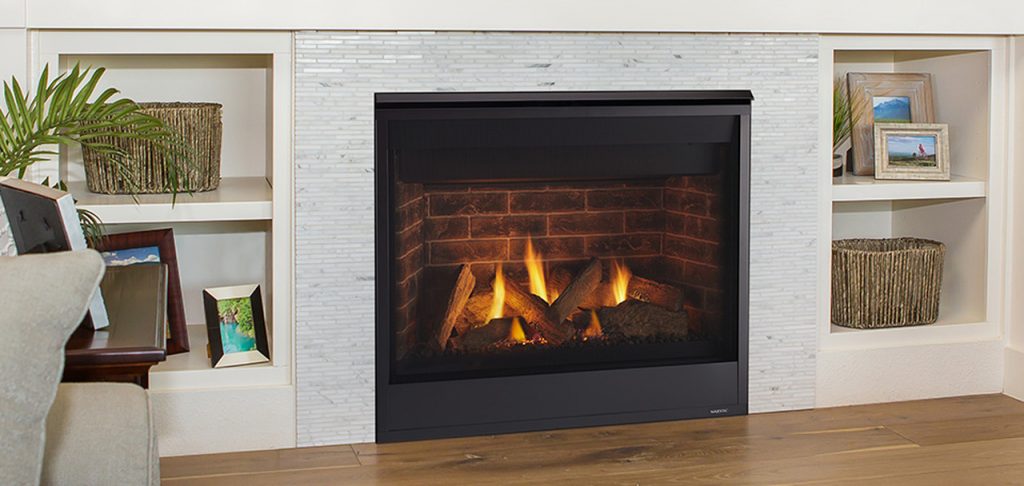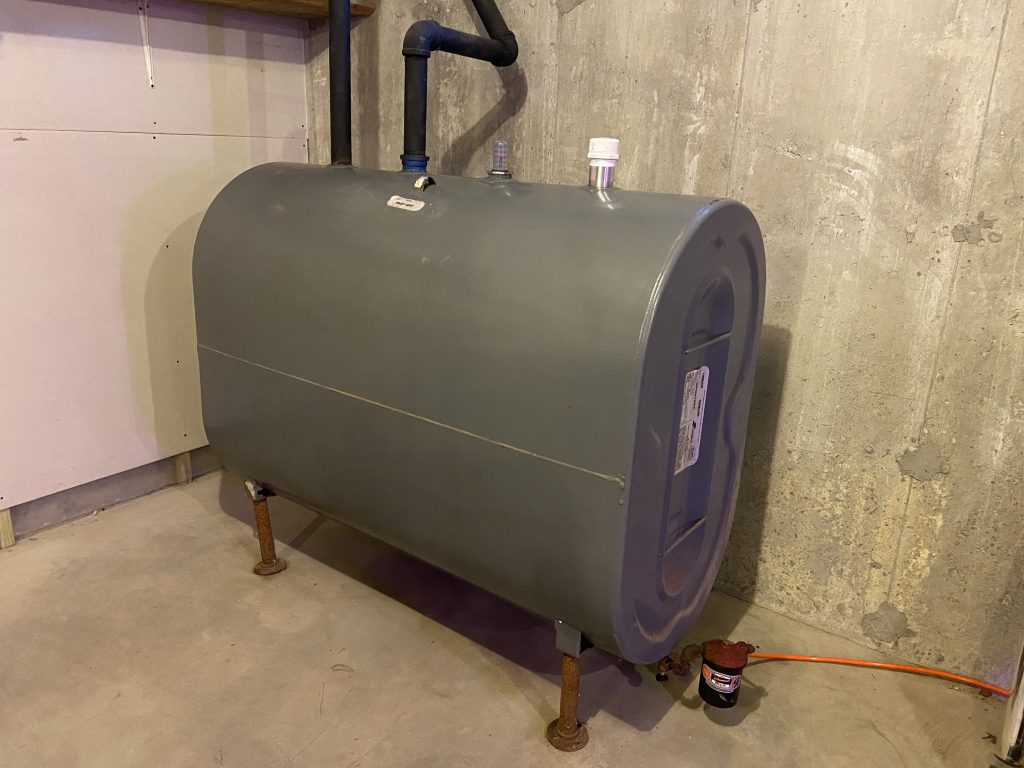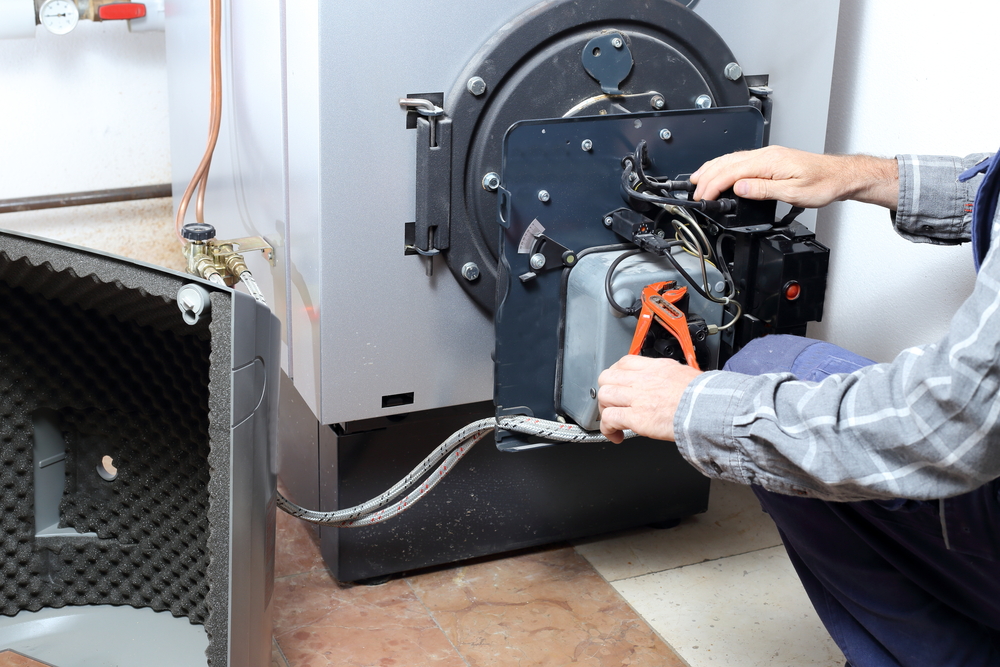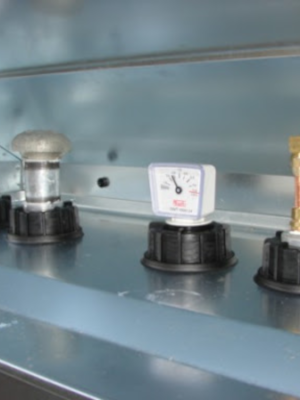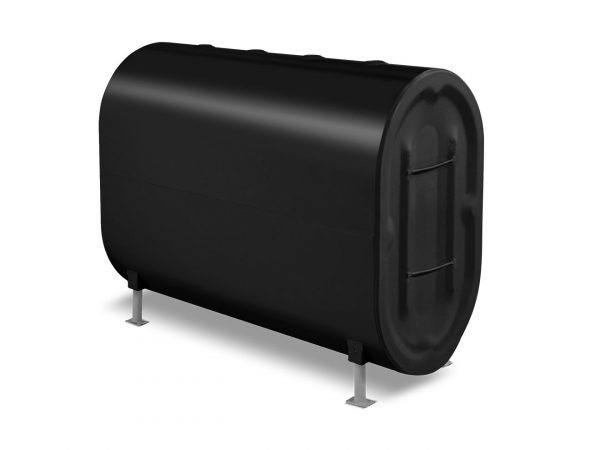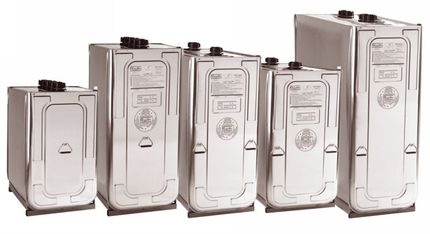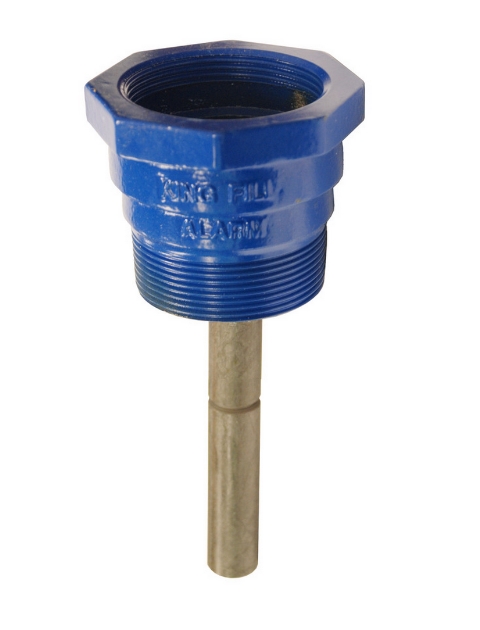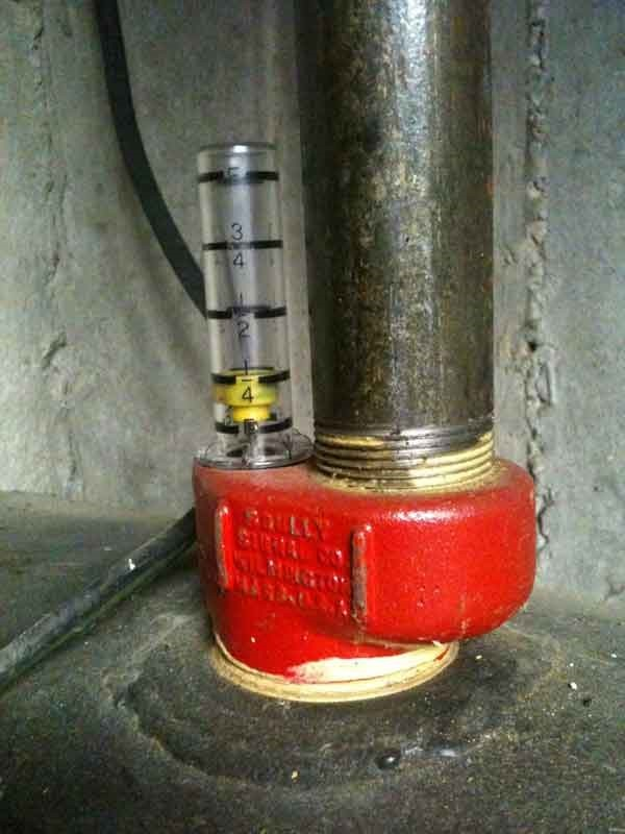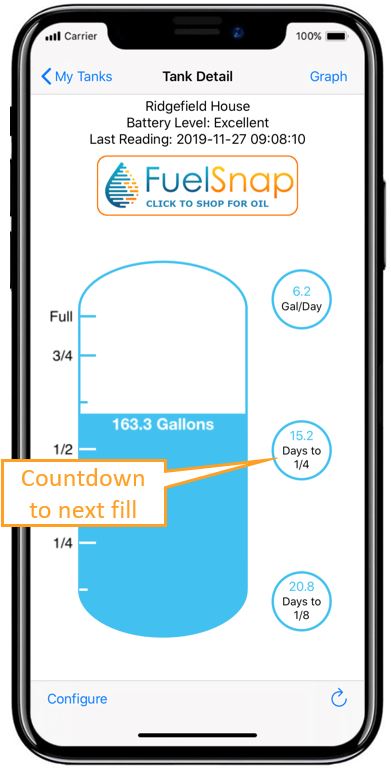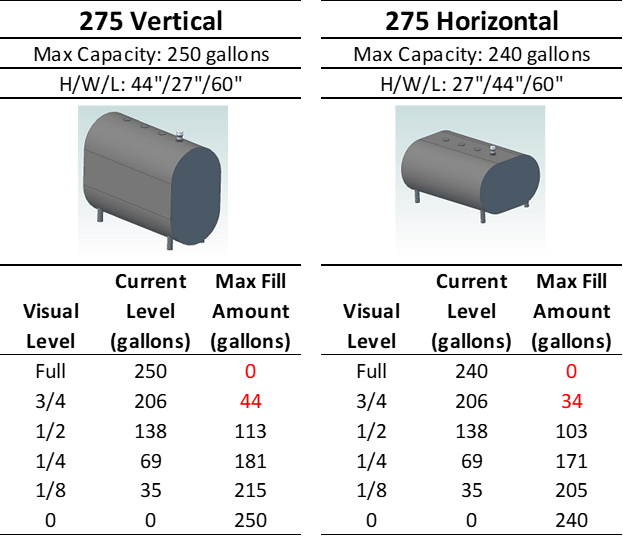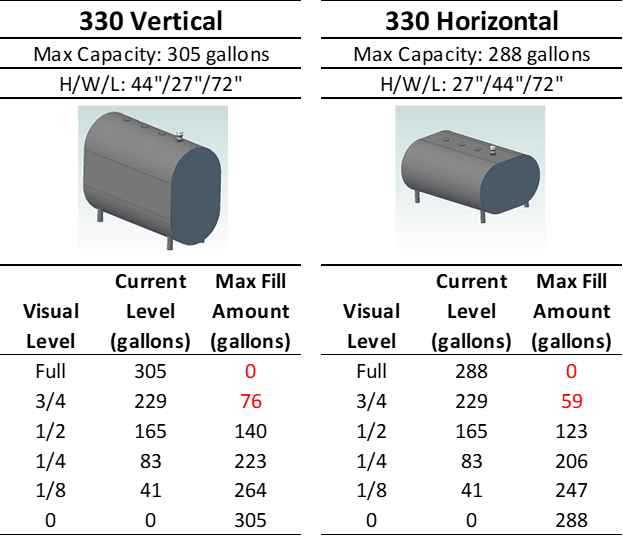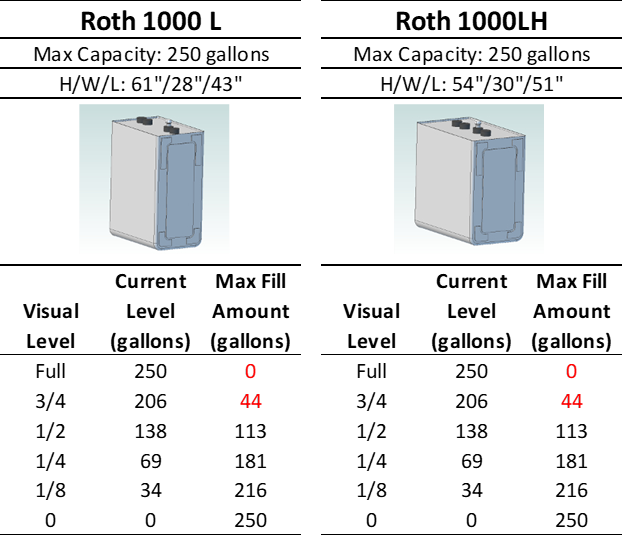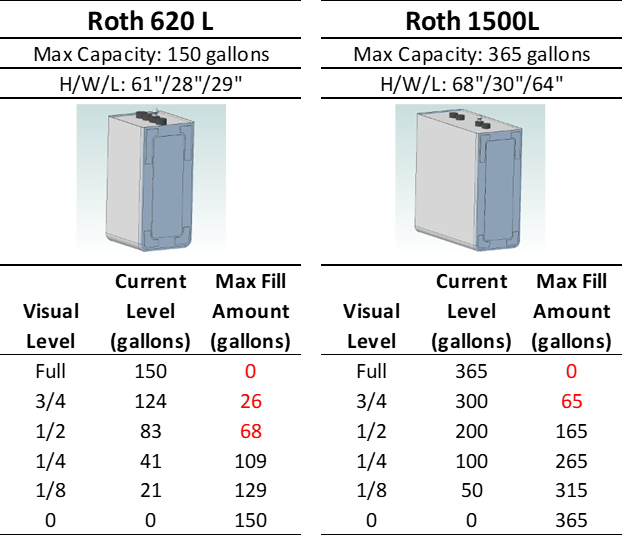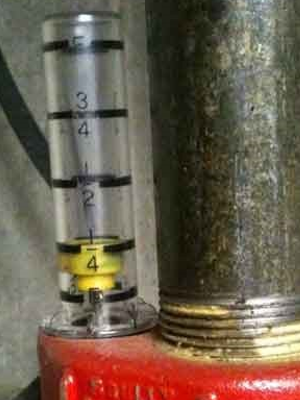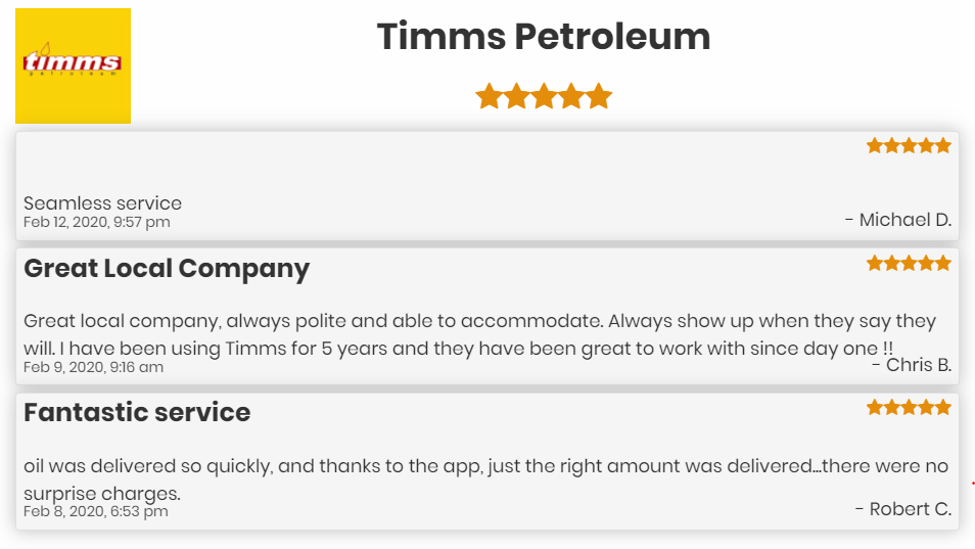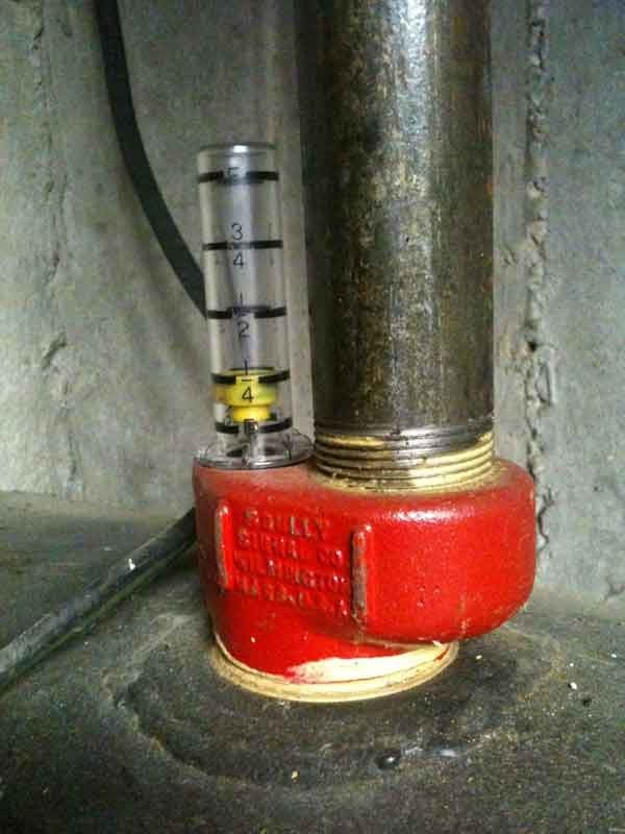During the colder months, you’ll know how important heating oil is. It has a variety of different uses. But, the most common use is for heating your home. You will need to purchase heating oil. But this begs the question, “How long will 5 gallons of heating oil last me?”
If you are running low on oil, stopping at your nearby gas station and buying a few gallons of diesel is a good temporary alternative until you get your delivery. However, this should be done sparingly because diesel is not a permenant solution.
There are a lot of different variables that can determine the answer to that question. During the winter months, 5 gallons of heating oil might not even last you a day. While during the summer, 5 gallons of oil, could last you a few days. It’s still important to ask yourself the following questions to ensure that you do not run out of heating oil.
What do you use heating oil for?
What size house do you have?
Does your home have proper insulation?
Do you have any drafty areas of the house?
How warm do you like to keep your house?
What is the weather and temperature like outside?
What’s the condition of your boiler?
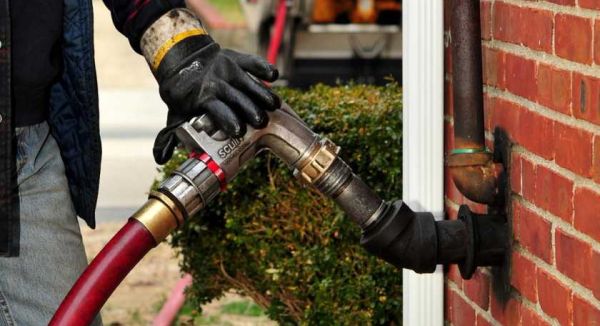
Increasing Insulation
Insolation is a key factor in oil consumption. Insolation retains heat and keeps your house warm. Ensuring that your house has proper insolation, will help you get the most out of the heating oil you’ve purchased. With the correct amount of insolation, you’ll be able to maintain the heat that your boiler is producing for longer, reducing oil consumption.
Seal Up Drafty Windows to Reduce Oil Consumption
It might sound odd, but the types of windows that you have can affect your oil consumption. When your boiler burns oil, heat will spread throughout your house. As the heat spreads throughout the house, it will escape through the drafty windows. As a result, you will start to burn more oil. This can lead to higher-than-normal oil consumption which will quickly deplete the oil in your tank. However, if you have newer double-paned windows, the air becomes trapped between the two panes of glass. This is similar to insulation and will prevent the heat from escaping.
While that is a great solution, it isn’t cheap to replace windows. Using a thin plastic sheet, is a great way to seal up drafty windows. Apply the sheets to the window with double sided tame to make sure that they’re tight and secured. After the sheets are in place, go over it with a hairdryer to clean up any wrinkles. This will allow for another layer of insulation.

Heating Your Home With Heating Oil
During the colder months of the year, where heating oil is most sought after, you will often be burning more oil than you would during the warmer months. This is because, as you are heating your house, the cold air outside is continuously drawing the heat outside through your walls. When this happens, your boiler will work harder to keep the house warm. This often results in an increased consumption of oil.
When heating up your home, your daily consumption will change depending on both the size of your home, as well as the outside temperature. During a warmer day during winter, you might at most use only around 2 gallons. While during the summer months, you might be even using less than half a gallon a day!
How Does Outside Temperature Affect My Heating Oil Usage?
In the state of Connecticut, the outside temperature can average anywhere from 30-35 degrees Fahrenheit. For the average sized home of 2000 square feet, the average consumption of oil is anywhere from 5-6 gallons of heating oil daily. Outside temperature is a huge contributor for increased oil consumption. It greatly impacts how much oil you are burning on a daily basis.
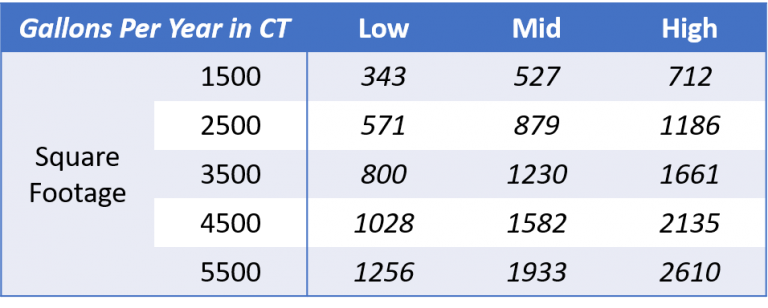
Your graph will look different if you have an alternative form of heating. If you do, it is possible that you will be burning less oil and have a lower than the average home. But that begs the question, “How much oil am I burning in a year?”. Similar to the graph above, we have created a graph of estimated gallons burned per year in the state of Connecticut.
Program Your Thermostat to Reduce Oil Consumption
During the winter months, you’ve most likely heard your parents tell you, “Don’t touch the thermostat!”. The average home can get away with setting their thermostat to around 70 degrees Fahrenheit. This should be a decent temperature to remain comfortable in your home without needing to adjust the temperature of your thermostat.
You may be asking yourselves “Should I leave the heat on while I am not home?”. This could greatly effect the amount of oil you’re burning if you decide to do so. If you have a boiler with radiators in your house, then it can take some time for the temperature in the house to raise several degrees. By doing so, you might actually burn more oil at the end of the day, if you decide to keep your heat on when you aren’t home. However, your home might a have a furnace with air ducts scattered around the house. That is an example of “Forced Hot Air”. If you have any pets at home, you will likely want to keep the heat on, to keep them warm.
If you own a Smart Oil Gauge, you will be able to keep an eye on your hourly oil usage while you are not home. It is a fantastic tool that will help notify you if your usage is too high. This applies the same if you are home and just want to monitor your usage to see if you’re burning an excess amount of oil.

Is Your Boiler, Burner or Furnace Running in Top Shape?
A well insulated home won’t do you any good if your furnace isn’t running properly. It is very important that you have your system checked and adjusted to ensure that it is running as efficiently as it can. An average oil burner will last around 30 years, sometimes even more. As the years go by and the systems get older, you might end up using more oil than the previous year if not properly maintained. Even buying a new heating oil system can help decrease the amount of oil you are burning. However, we recommend getting your .
Every bit of information we have provided should provide you with a good idea of how long 5 gallons of heating oil will last you. But, the best way to see how long it will last you is to accurately measure it! The best way to do that is with the Smart Oil Gauge! The Smart Oil Gauge will send soundwaves down to the oil level that then bounce off of the oil’s surface and back up to the sensor! This ensures precise accuracy on what your oil level is sitting at, at the current moment! You’ll even be able to check oil consumption by day, week, month and year! In the photo below, you can see what the average usage will look like during the winter and during the summer!
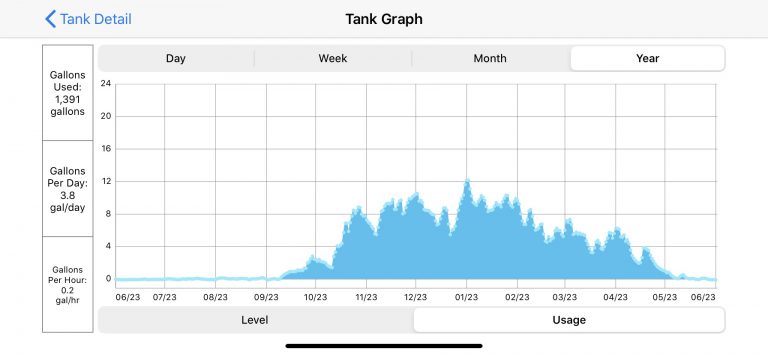
The Smart Oil Gauge will be a worthwhile investment to keep track of how much oil you have and to ensure that you are getting the most out of your heating oil! It will also help to make sure that you will not run out of oil or get low on oil so that you won’t run out of oil! The gauge will also help you see the changes you’ve made using the tips described in this article.
Happy Heating,
Hunter

